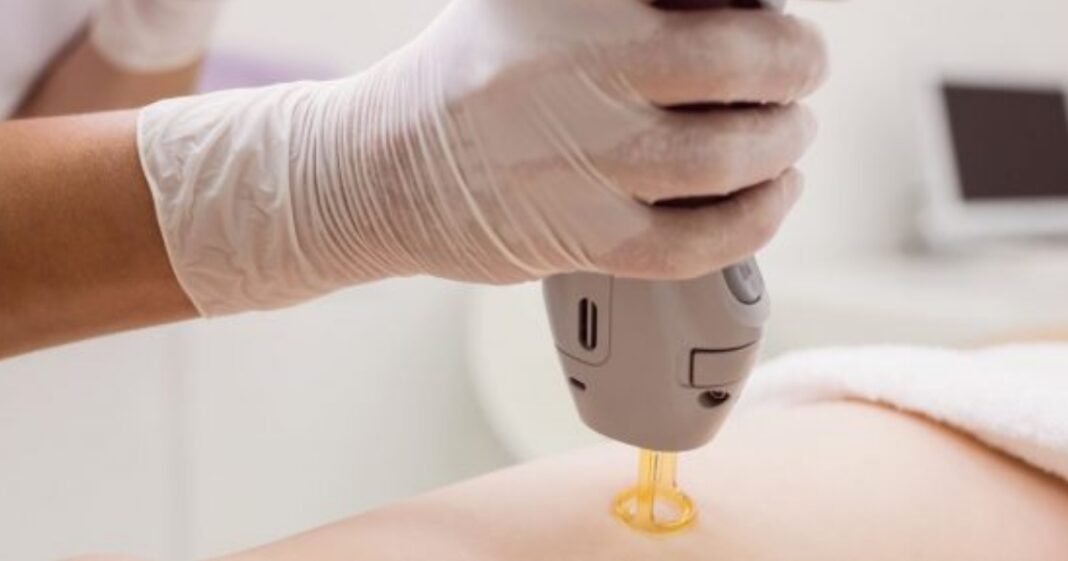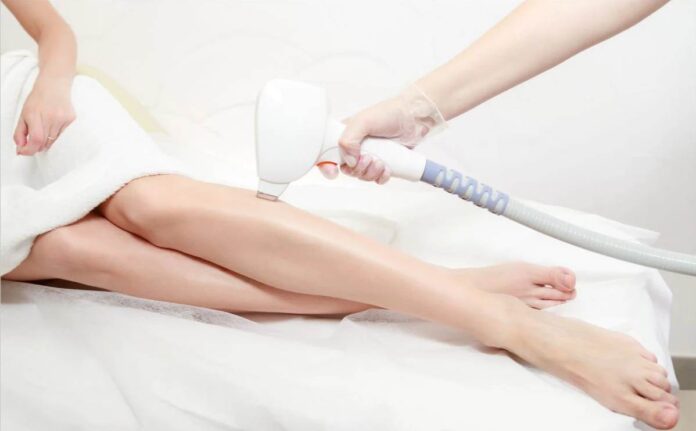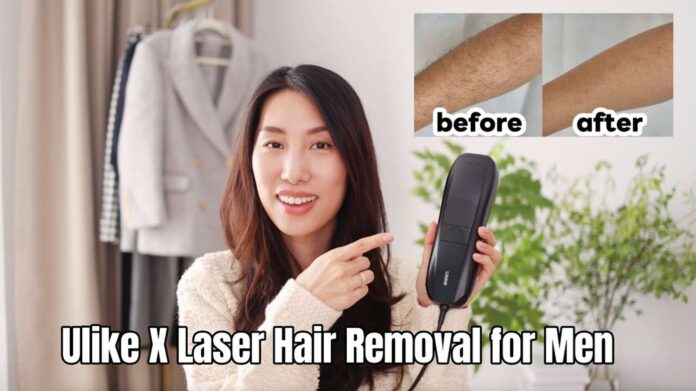Laser hair removal has become an increasingly popular choice for individuals seeking a long-term solution to get rid of unwanted hair. As a dermatologist with experience in laser procedures, it is imperative to provide individuals with comprehensive guidance regarding the experience of laser hair removal. Grasping the fundamental principles of laser hair removal, and effectively managing post-treatment expectations are pivotal elements in securing a favourable and successful outcome. There are a plethora of questions that every dermatologist comes across related to laser hair removal, they cannot all be covered in one article. We might cover them in the future, but this article is just about the most frequently asked questions to dermatologists regarding laser hair removal.
Table of Contents:
- Part 1: How does laser hair removal work?
- Part 2: Which type of hair responds best to laser hair removal?
- Part 3: Is there any pre-treatment protocol?
- Part 4: What happens during laser hair removal?
- Part 5: Is there any downtime?
- Part 6: What to do after getting the laser hair removal done?
- Part 7: When to expect the results after getting the procedure done?
- Part 8: How many sessions of laser hair removal are required?
- Part 9: How long do the results of hair removal last?
- Part 10: What are the side effects of laser hair removal?
How does laser hair removal work?
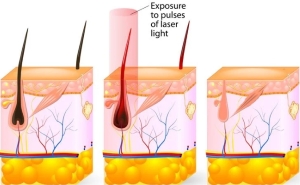 Laser hair removal operates on the principle of selective photothermolysis, a mechanism directed at melanin-rich structures within the hair follicles. Through the emission of a focused light beam, the laser is absorbed by the melanin present in the hair shaft and follicle, facilitating the transformation of light energy into thermal energy. This process results in follicular damage, thereby impeding subsequent hair growth.
Laser hair removal operates on the principle of selective photothermolysis, a mechanism directed at melanin-rich structures within the hair follicles. Through the emission of a focused light beam, the laser is absorbed by the melanin present in the hair shaft and follicle, facilitating the transformation of light energy into thermal energy. This process results in follicular damage, thereby impeding subsequent hair growth.
Which type of hair responds best to laser hair removal?
It is important to note that laser hair removal is most effective on individuals with darker hair and lighter skin, as the contrast between hair and skin tones enhances the absorption of laser energy. Because the laser targets pigment and melanin, and the darker the hair, the richer it is in melanin, and therefore, more responsive to laser treatments. Modern laser technologies, such as diode, Nd: YAG, and alexandrite lasers, offer increased precision and safety during the procedure.
Is there any pre-treatment protocol?
Prior to the actual treatment, the targeted area is cleaned, and some patients may be given a topical anesthetic gel. This is useful when treating small and delicate parts of the body. The gel usually requires 30-60 minutes to work.
What happens during laser hair removal?
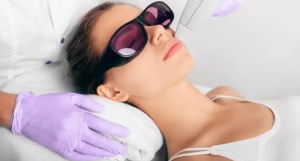 Laser hair removal takes place in a room specially dedicated to carrying out this procedure, and all the people in the room are required to wear protective eyewear. For both the patient and the doctor, it is essential to protect your eyes from damage.
Laser hair removal takes place in a room specially dedicated to carrying out this procedure, and all the people in the room are required to wear protective eyewear. For both the patient and the doctor, it is essential to protect your eyes from damage.
In this procedure, the skin to be treated is stretched, and the high-powered laser is aimed at the skin. The patients are usually able to tolerate the laser pulses, and describe the feeling as warm, a pins and needles type of sensation, or even similar to the feeling of a rubber band being snapped against the skin.
The laser operates through the mechanism of destroying the hair through vaporization; this results in small puffs of smoke that resemble the smell of sulfur.
The period of treatment varies depending on the size of the area that needs to be treated. It may take five minutes to treat the upper lip, while the back or the legs may take over an hour.
Is there any downtime?
No, there is no real downtime after getting laser hair removal done. You might experience mild erythema (redness) and there might be some degree of localized edema (swelling) but you can resume your daily activities as soon as you get the procedure done.
What to do after getting the laser hair removal done?
After you have finished your laser hair removal, you must immediately protect your skin from sunlight, as after the procedure, the sensitivity of your skin is enhanced. Therefore, follow these instructions for optimal results:
- Avoid direct sunlight hitting your treated skin, as it might worsen the redness and may cause sunburn.
- It is advisable to not use any tanning bed or any other tanning equipment after getting the procedure done.
- It is imperative to follow your dermatologist’s after-care instructions, as every person is different and instructions may vary depending upon the skin type.
When to expect the results after getting the procedure done?
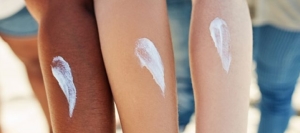 The results vary from one person to another. Mostly, you will see the results immediately after the procedure but this may vary depending on the type of laser that has been chosen for you, the color of your skin, and the area that has been treated. According to the American Academy of Dermatology, there is a 10-25% reduction in hair after initial treatment. However, I have seen more variation in my clinical practice, as some individuals experience a greater reduction in hair. Another interesting thing that patients experience after getting the procedure done is that their hair gets finer and lighter in color. This can be attributed to the property of lasers to target melanin.
The results vary from one person to another. Mostly, you will see the results immediately after the procedure but this may vary depending on the type of laser that has been chosen for you, the color of your skin, and the area that has been treated. According to the American Academy of Dermatology, there is a 10-25% reduction in hair after initial treatment. However, I have seen more variation in my clinical practice, as some individuals experience a greater reduction in hair. Another interesting thing that patients experience after getting the procedure done is that their hair gets finer and lighter in color. This can be attributed to the property of lasers to target melanin.
How many sessions of laser hair removal are required?
It varies from patient to patient. A minimum of 4 sessions are required, each one month apart, to see the desired results. In my clinical practice, I have seen good results within four to six sessions but in certain individuals with underlying medical conditions, such as polycystic ovarian disease (PCOD), more sessions are required. Some patients might need follow-up maintenance sessions for “touch-ups” for optimal results. It is imperative to ask your dermatologist, as every doctor first treats the underlying cause before addressing further concerns.
Some people also notice growth between sessions, and this can be attributed to a variety of causes. Therefore, always seek guidance from an experienced dermatologist for optimal results.
How long do the results of hair removal last?
The results of hair removal may last for months or even years. Mainatenance sessions might be required in between, but this may vary. Initially, it is extremely important to consistently get four to six sessions of hair removal done once a month in order to notice the desired results. As previously mentioned, it may vary if you have any underlying medical conditions. Therefore, seeking professional help from a specialist doctor is mandatory.
What are the side effects of laser hair removal?
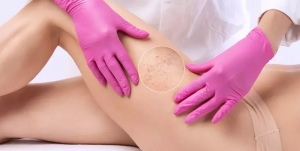 Laser hair removal can have possible side effects. They can be divided into minor and major. Immediate side effects are minor, and they hardly last for a day or two. These include erythema (redness), edema (swelling), and a bit of irritation or discomfort.
Laser hair removal can have possible side effects. They can be divided into minor and major. Immediate side effects are minor, and they hardly last for a day or two. These include erythema (redness), edema (swelling), and a bit of irritation or discomfort.
Other side effects are major, which are rare if you choose the right doctor. Therefore, it is always advisable to get your procedure from a certified dermatologist. Major side effects include blister formation, infection of the skin overlying the treated area, development or reactivation of cold sores, hypo- or hyperpigmentation and even scarring in some cases.
Today, there are many aesthetic clinics that offer laser hair removal, but the procedures are not being carried out or supervised by a dermatologist. As a result, many patients are developing side effects because they are being treated by inexperienced individuals. If you choose a certified dermatologist and follow his/her instructions, there are very few chances of developing side effects. Therefore, opting for the right doctor is the key to smooth skin free of unwanted hair.

 By Ahsan Farooq Khan
By Ahsan Farooq Khan
